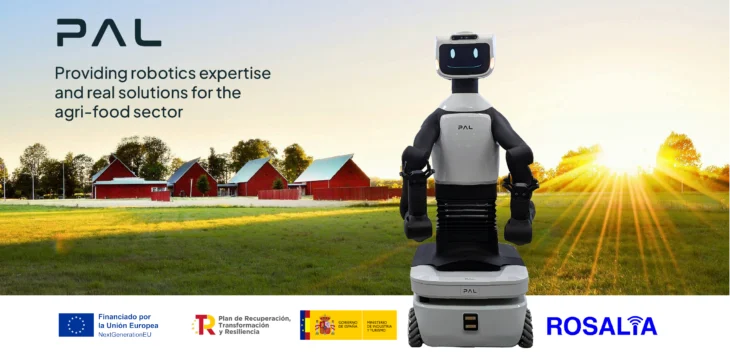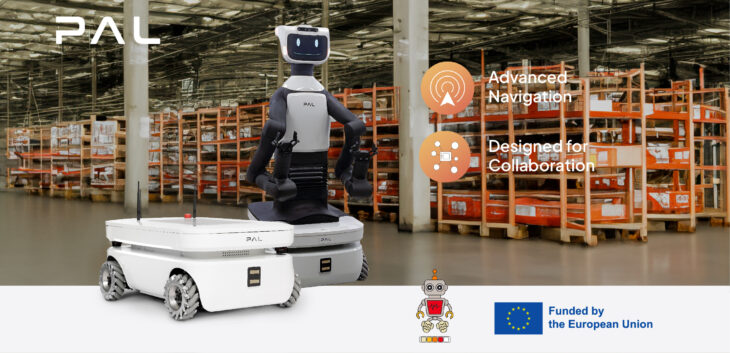The 8th March calls for more women in STEM
If we zoom into the STEM occupations (those which relate to science, technology, engineering, and math), we see that women are still underrepresented in some of them. According to data from the Pew Research Center, only 14% of engineering workers are women, 25% in computer jobs. This means there’s still a path to walk to find an equal representation of men and women in STEM.
For other articles on the world of technology and robotics, follow our blog.

Credits: Pew Research Centre
We spoke with one of our engineers about her professional career, her perspective on this difference, and about how engineers like her can encourage the next generations of girls to engage in computer science and engineering, and close the gender gap between men and women in STEM. Here’s our conversation with the mechanical engineer María Santamaría here at PAL Robotics:
How did you end up working in robotics?
I entered in robotics accidentally. I had been an engineer in the aeronautics sector for 12 years, then I was volunteering in the Dominican Republic leading a project of robotics for teenager students in middle education when I accidentally found PAL Robotics offer. I decided to apply, and here I am!
What do you enjoy the most about working with robots?
The best part is to be surrounded by robots, it is like working in the future. I remember the first months here, I had the feeling I was already in the future because of working with all the robots moving around autonomously. We are a team working in fields that no one has seen before, this makes it all really interesting.
Which is the field of application that you find most interesting of robotics?
What I like the most is the relationship between robots and human beings. I would like robots to become partners for human beings, that robots help us, not replace us. For example, TIAGo Base carrying loads and helping with small deliveries, or StockBot taking care of inventory. I think these are repetitive or physically demanding tasks that could be better done by the robot. I think robots like TIAGo, StockBot or TIAGo Base will probably be around us in our daily life soon.
On the other side, humanoids can help us also to understand how we move. As we develop all the sensors, we realize how complex our natural sensors are. Naturally, we know we are standing up without realizing it. If we want a robot to be aware that it is standing up, this is quite difficult. I have been learning a lot about human biology and our natural morphology as I have been working with robots.
Is there any female engineer or scientist whose work you particularly admire?
I think there have been a lot of wonderful women that contributed to science and technology along the history, but very few appear in the school books. From Hypatia of Alexandria, in Ancient Roman Empire, to the women calculators at NASA. The latest female researcher that I found is a Mexican woman that found a vaccine against the papillomavirus that has a 100% of efficacy. In any case, I believe it is not about reaching a “feminine future”, it is about collaborating between both genders. We all have our strengths, and if we combine them, we can attain really good achievements.
How would you encourage the new generation of girls to get involved in STEM studies?
I think it is difficult because nowadays we still don’t have many reference figures of women in STEM, technical or natural sciences. Little by little, we are getting our space. My advice to the next generations could be that, even if they don’t know female references to mirror themselves, they can become the first ones in many fields. I hope in 10 or 20 years, statistics will change.
Thank you María for sharing your thoughts with us!
Do you want to contribute? Contact us!
- Interview


